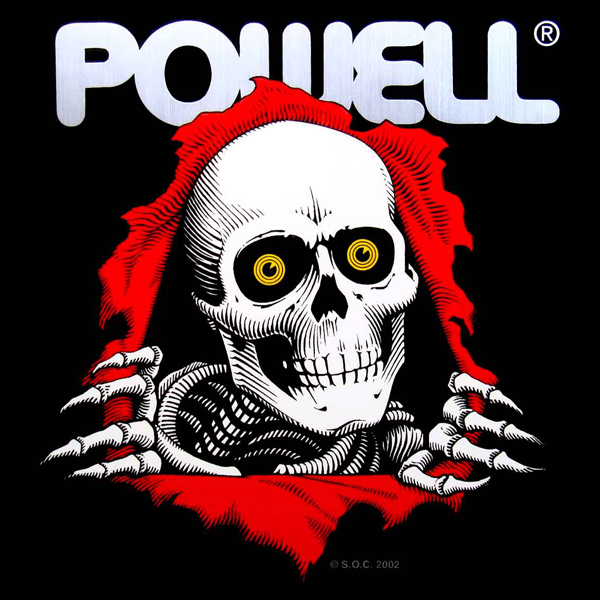
On January 23rd, 2009, Powell-Peralta hosted the Rip the Ripper Art Show. Fifty eight artists had pieces on display. The {cause} for the show was to celebrate The Ripper graphic. So {many} skaters and artists have been influenced by VCJ’s image {more than} the years, we wanted to do {some thing} that would {spend} respect to VCJ and get skaters stoked. We invited a group of artists and asked them to interpret The Ripper in their {own} style. Curator: Désirée Astorga
Introduction to The Ripper
The Ripper was {produced} by Vernon Courtlandt Johnson(VCJ) in 1978. It was {created} {more than} a period of about six months, {throughout} which the {^hk10^} {idea} of a skull breaking {} a barrier evolved {} a {quantity} of evolutions, {each} of which simplified and strengthened the {^hk10^} image. It was purposely undertaken as a {adhere to} up to the tremendous {good results} of Court’s {} graphic, the Skull and Sword, which had been drawn for our {} pro skater, Ray Rodriguez, the year {before}.
When Court undertook the development of the Skull and Sword, he {began} with only a scribble on the back of a matchbook we received from Ray. It didn’t {truly} {appear} like a skull and sword, but {that is} what Ray {stated} it was, so we believed him, and Court set out to make it {appear} a {small} {more} like {one}.
Skull and Sword was to be Court’s {} graphic and would {need} a conscious departure from his original fine line “0000 Rapidigraph crosshatch” style so we could silkscreen it. {Because} he was {learning} to use MC Escher’s {unique} shading style and had to apply it to a skull, he asked if we could {purchase} a skeleton to draw from, and so we did. Rosie, our medical {provide} skeleton, {nonetheless} resides in the Skate {One} Art Department thirty years later, but she is a {small} ‘worn’…
In the {case} of the Skull and Sword, Court was just {attempting} to {create} a {powerful} graphic that would please {each} Ray and the skaters of the 1970s. When he succeeded beyond all our expectations on his {} {attempt}, we asked ourselves what it was that {made} the Skull and Sword so {popular}? I hit on the {concept} that Court had unwittingly {produced} or tied into a Jungian archetype, and it struck {people} on a subconscious level, {meaning} {many} {things} to {many} {people} {things} like overcoming {worry} of death, the power of the warrior, eternal life, conflict, or death. It {never} occurred to us that {many} of the conservative Christian movement would {discover} it satanic and {attempt} to boycott our {products} {merely} because} of it.
So with this initial {good results} and my half-baked analysis in {mind}, Court set out to {discover} {another} iteration of the human skull that would {discover} {comparable} pathways into the spirit of our {occasions} and endear itself to skaters. I {believe} it was Court who {} {suggested} a skull popping {} a wall {throughout} our brainstorming sessions, and it sounded {great} to me so I encouraged him to {develop} it.
{Searching} back thirty years to the days Court was {making} The Ripper, I {maintain} in mind} two {issues} that took a lot of iterations to {perfect}. {One} was the actual ripped background, which evolved from a broken wall to fabric folded back in shreds, to {one} stretched tight {between} the hands and skull to {create} {each} the tension {between} the background and the skeleton and the frozen moment in time {produced} by this static position. The second was the eyes. Court went {} a dozen {different} sets of eyes {looking} for {one} that was not {} dark or {} whimsical, but just light {enough} to {place} a smile on your face {^hk10^} of horror.
The Ripper was initially {^hk101^} for a Bones T-shirt {^hk10{2}^}, but it became so {popular} that it was {^hk10{4}^} {^hk101^} on a {quantity} of decks, T-shirts, catalogs, stickers, Bones Brigade Video introductions, Powell-Peralta shipping boxes, and even Powell-Peralta pant labels.
{^hk107^} the {} 8-{10} years, The Ripper became so synonymous with Bones, The Bones Brigade, and Powell-Peralta, that it was {^hk10{4}^} {^hk101^} to parody Powell-Peralta by Blind and Shorty’s, {throughout} the {marketing} wars of the late 1980s. {Because} then, {many} artists have also {found} The Ripper’s {^hk10^} gestalt of use in promoting {many} other brands and cultural icons. It is {one} of the most ripped-off graphics in our {business}, and has even {made} its way out of the skateboard {business} into our society at {big} and {occasionally} {^hk101^} as a symbol of the skate {business} or youth culture.
{Provided} the {reality} that The Ripper is {nonetheless} in use {these days} going {powerful}, it is {definitely} the most {popular} and {long} lasting graphic {^hk10{2}^} to come out of the skateboard {business}, {getting} endured 25 years of {changing} markets and {styles}. It is {fairly} an achievement for any piece of commercial art, {especially} in today’s disposable art culture.
I have {always} felt this was Court’s most {effective} graphic and the {one} that {best} reflects his {fantastic}, quirky and whimsical sense of humor. {Therefore}, it {seems} fitting to see the finest artists of today’s skate culture celebrate The Ripper in such whimsical, humorous, {amazing} {ways}.
I {provide} my heartfelt thanks to all the artists that have {chosen} to honor Court and his Ripper in this show, and {lastly} I {provide} my {biggest} thanks of all to Vernon Courtlandt Johnson, who has inspired {many} of today’s artists, and continues to {provide} inspiration to this {very} day.
— George A. Powell
All {content material} on this page courtesy Powell Peralta Skateboards



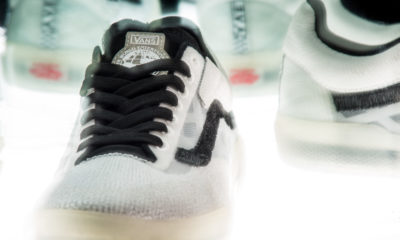
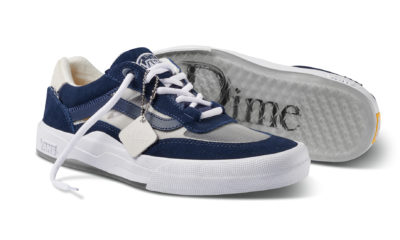
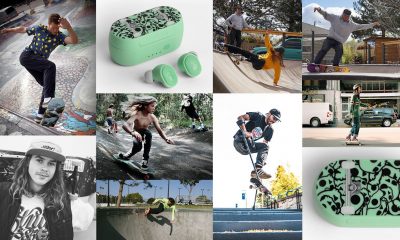
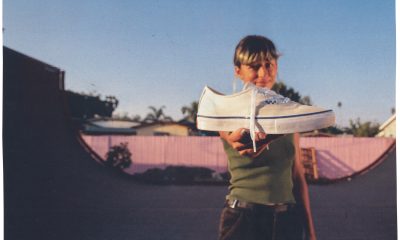
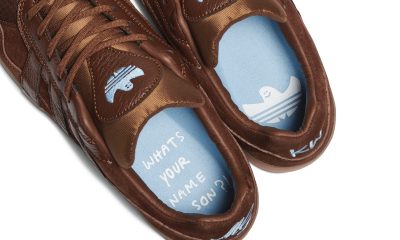
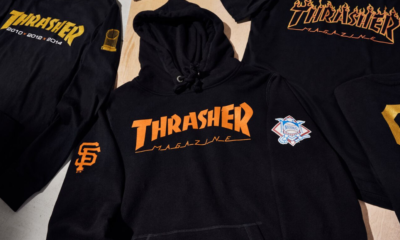
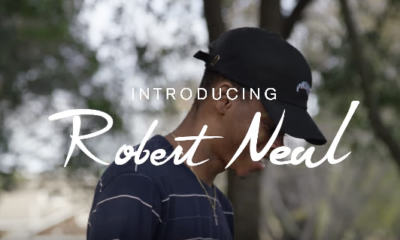
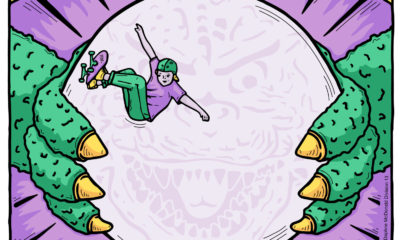
Pingback: brad jackson
Pingback: Brad Jackson